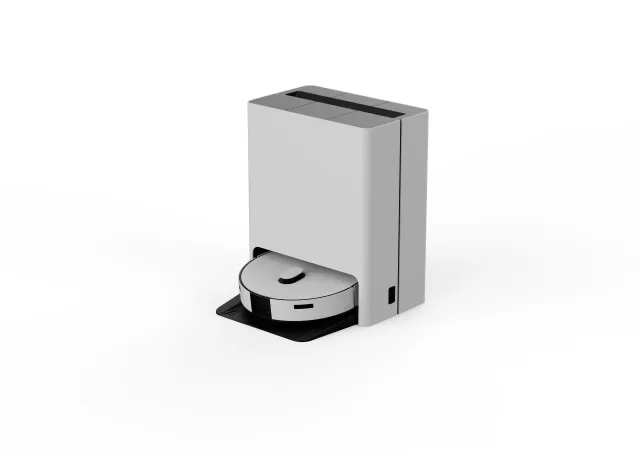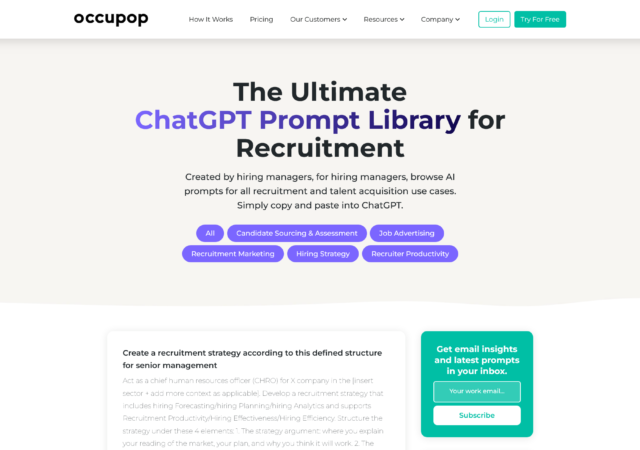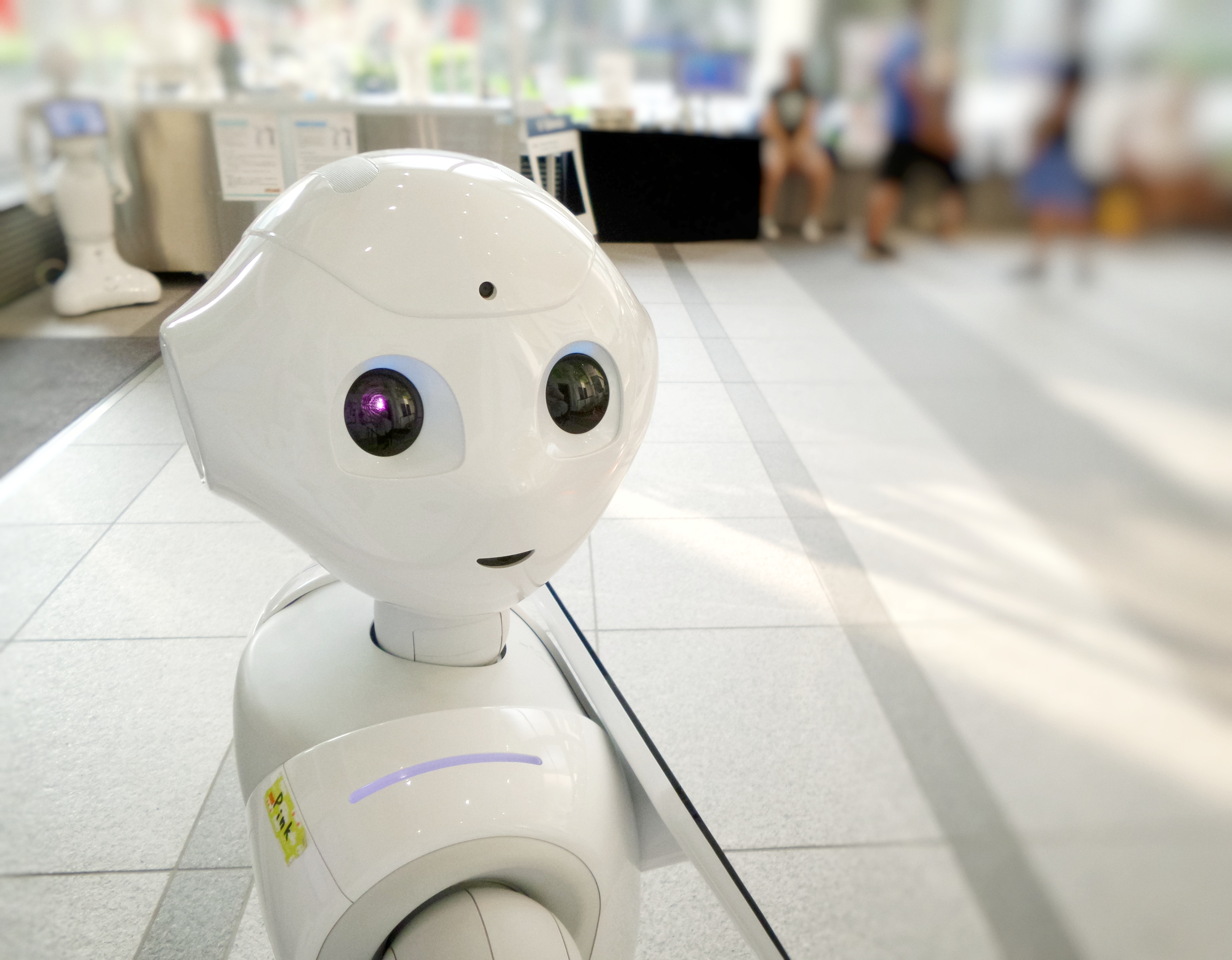Hexagon pushes boundaries with a brand new offering in the CMM space – MAESTRO – built to bring speed and scalability.
More Developers Aren’t Enough! Citizen Development Unlocks True Enterprise Digitisation
Digitisation an organization shouldn’t be solely dependent on developers, Ramesh Nanda Kumar from Kissflow highlights how “Citizen Development” may be the key.
Cloud, Connectivity, AI, Security: What SMBs Need From Technology
Maximize SMB potential with technology. Stay agile by embracing technological advancements to meet customer demands, transact efficiently, and explore global opportunities.
Samsung Marries AI with Robot Vacuums in the Bespoke Jet Bot Combo
Samsung teases its AI-applied line up of vacuums with the new Bespoke Jet Bot Combo which intelligently vacuums and mops using AI for better optimisation.
Occupop Brings ChatGPT to the Recruitment Table with Its ChatGPT Prompt Library
Occupop brings ChatGPT into the recruiting process with its “ChatGPT Prompt Library” allowing HR practitioners to incorporate AI into their workflow.
Bringing Intelligence to Medical Devices and Machines
Medical technologies are evolving to include many of the technological innovations that we’ve seen in everyday tech. How is AI affecting technology?
Combining AI and Humans in the New Decade
*This article is a contributed article by Ravi Saraogi, Co-Founder and President of Uniphore, APAC * 2020 marks the transition into the great unknown. With the emergence of new possibilities and challenges ahead of us, successful organisations must be quick…
Be A Maestro with AWS DeepComposer
You would think that when it comes to making compositions and music, you’d need a really good ear and knowledge of the arts. Not so much with Amazon Web Service’s new AI (Artificial Intelligence) service focused on creating musical pieces…
Going Digital Isn’t Just About Technology; It’s About Changing Mindsets
The world is abuzz with a massive change in the way things are working when it comes to companies. This change is spurred by the introduction of many technologies which have revolutionised and fundamentally changed how things are done. Perhaps…












